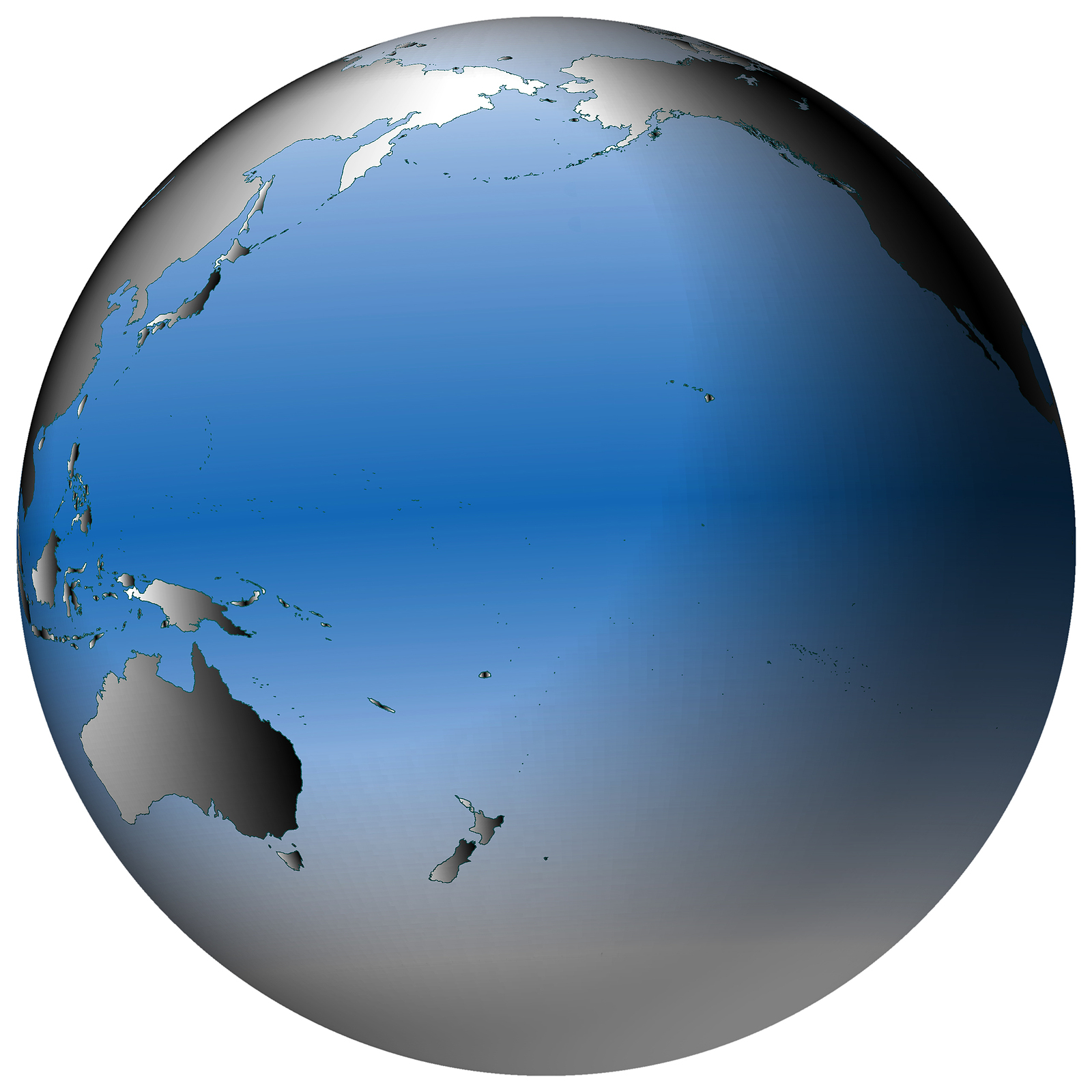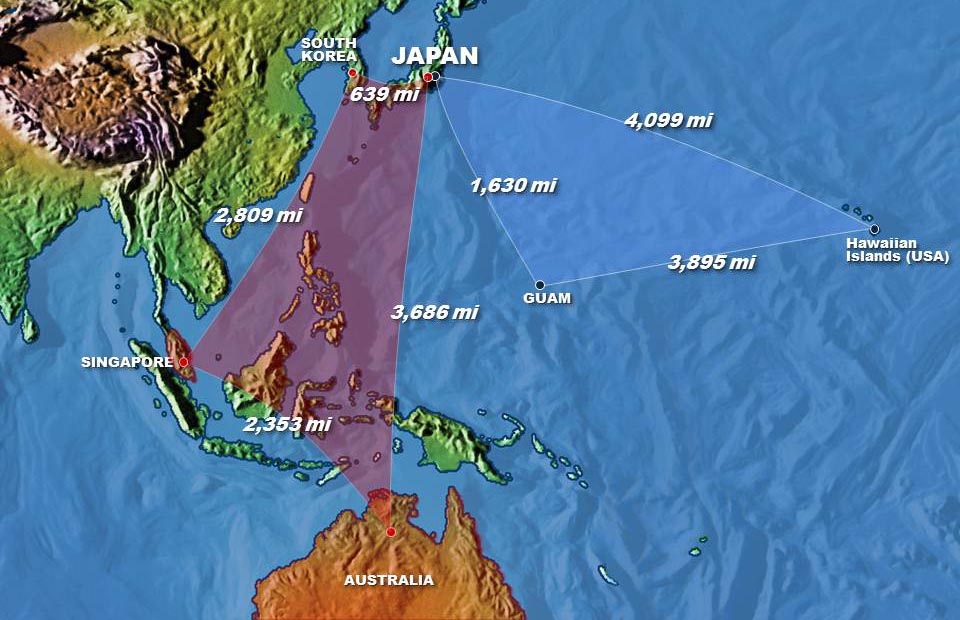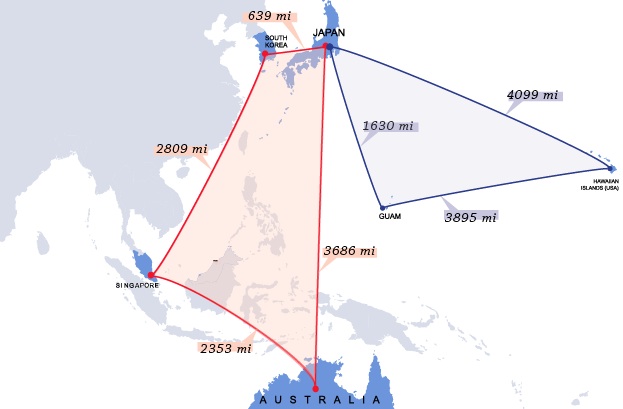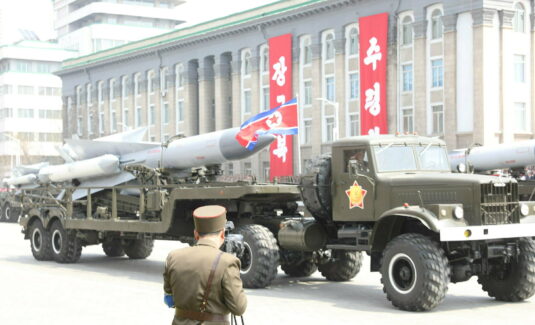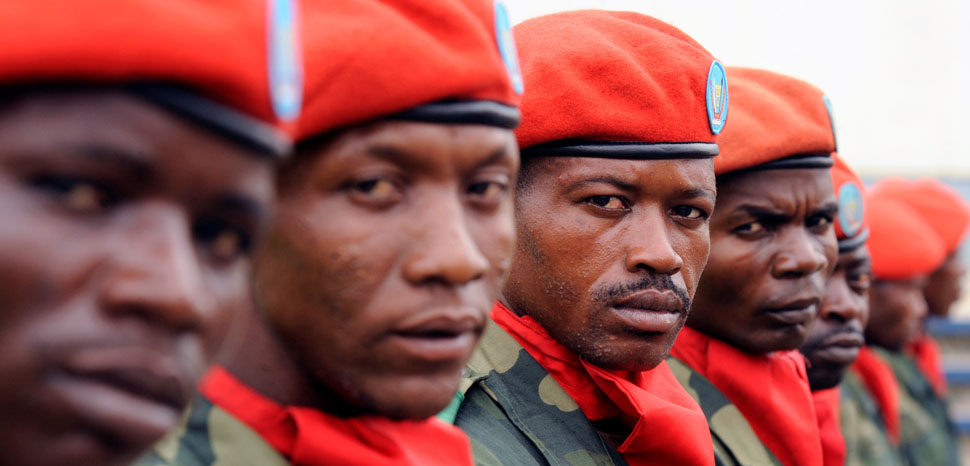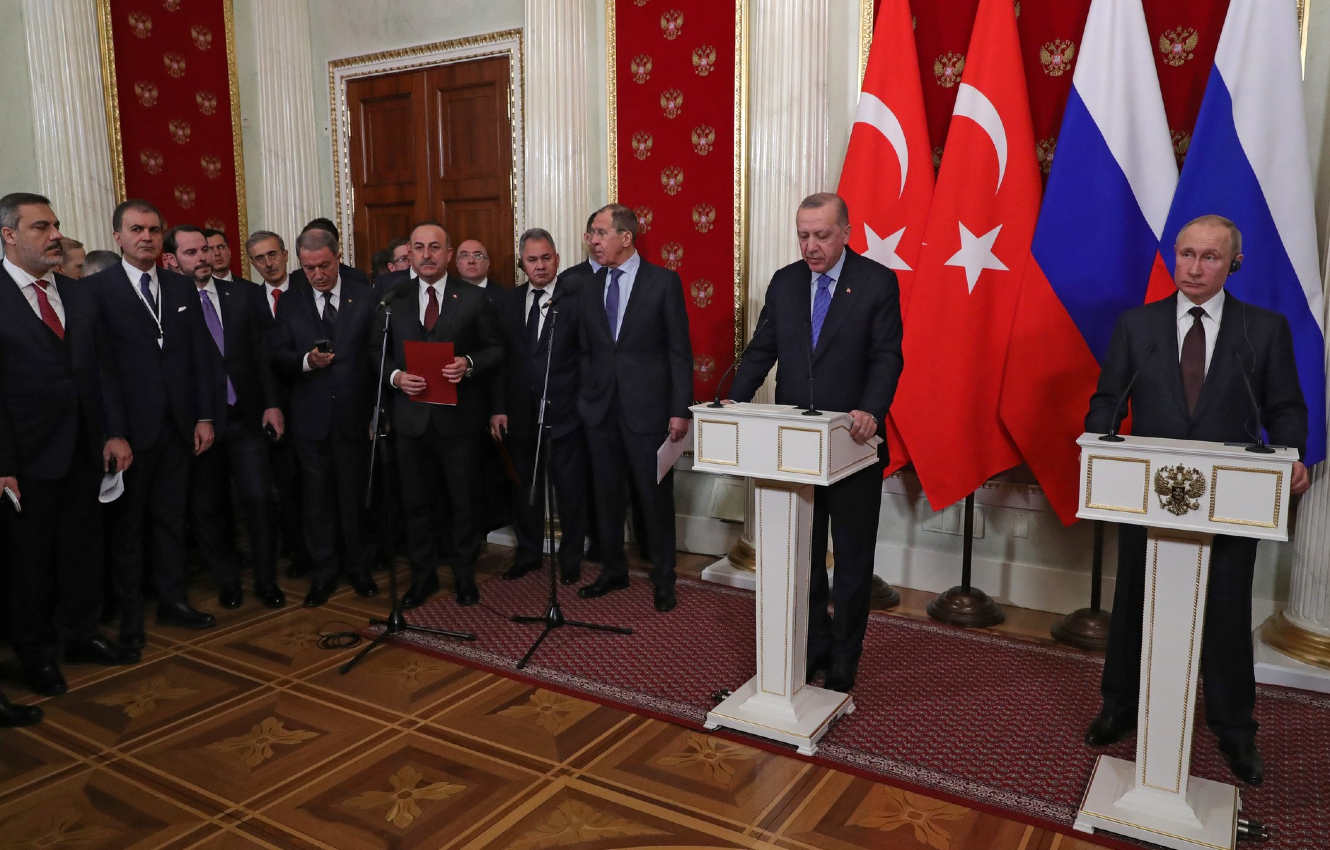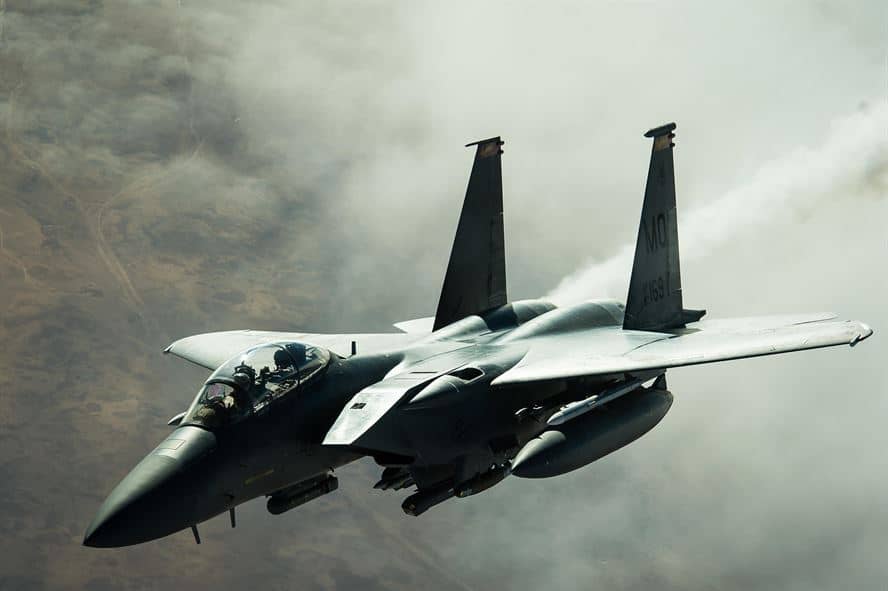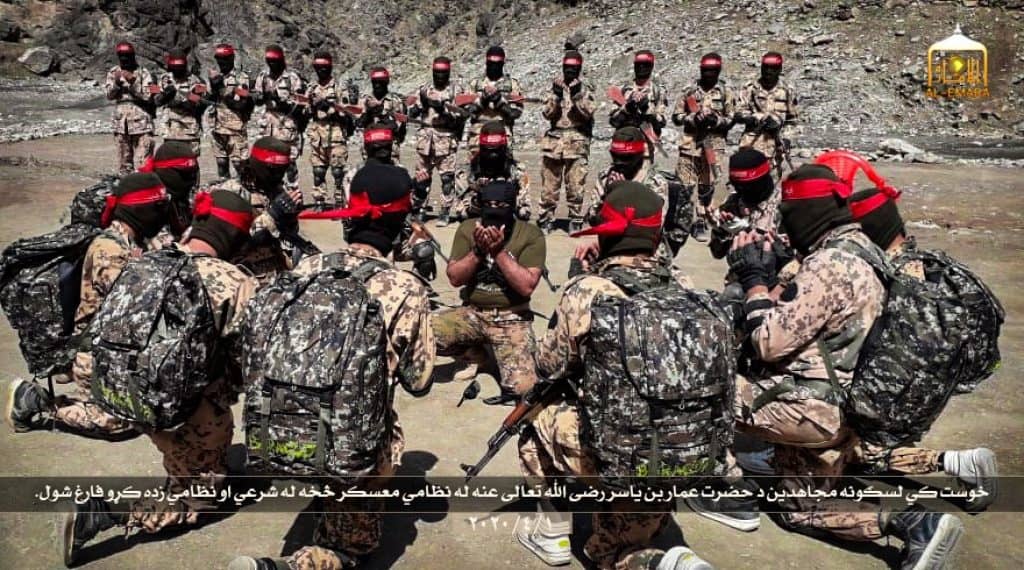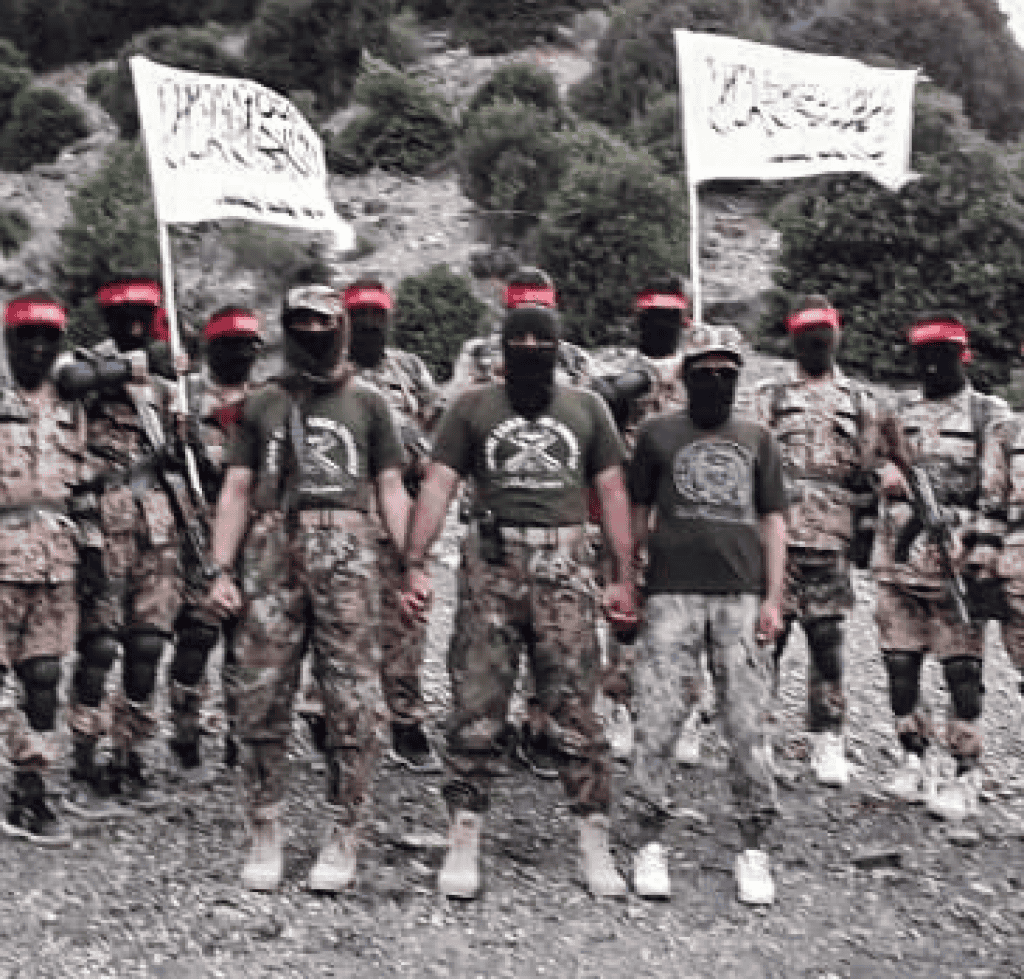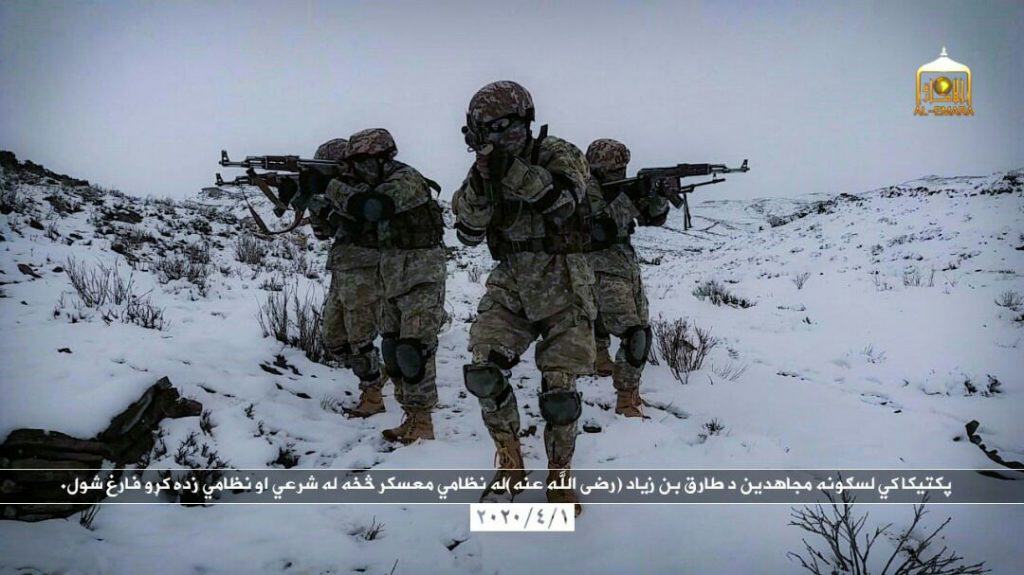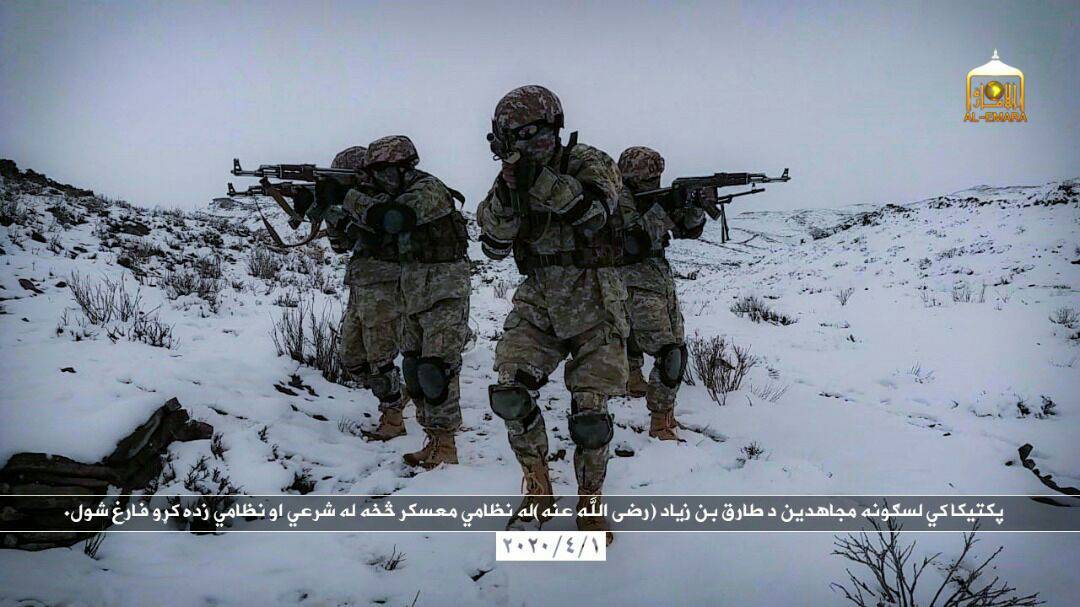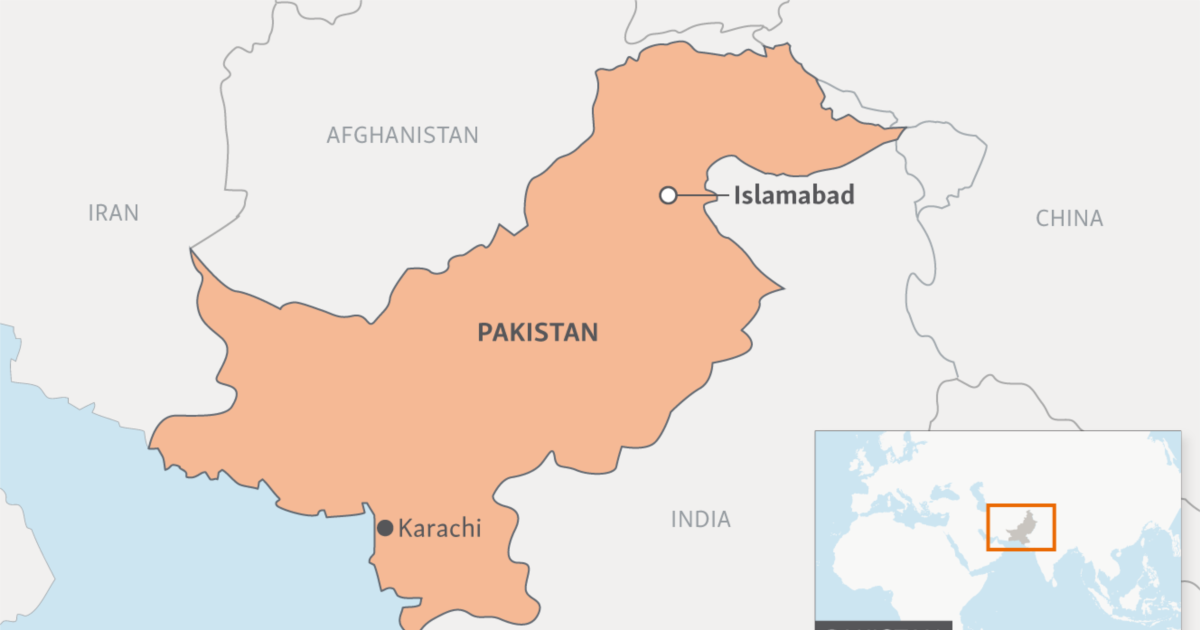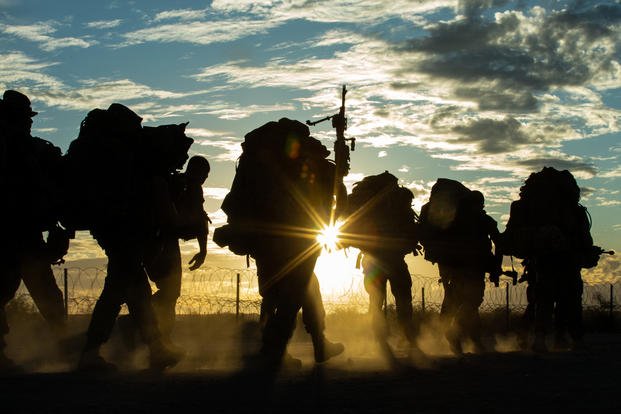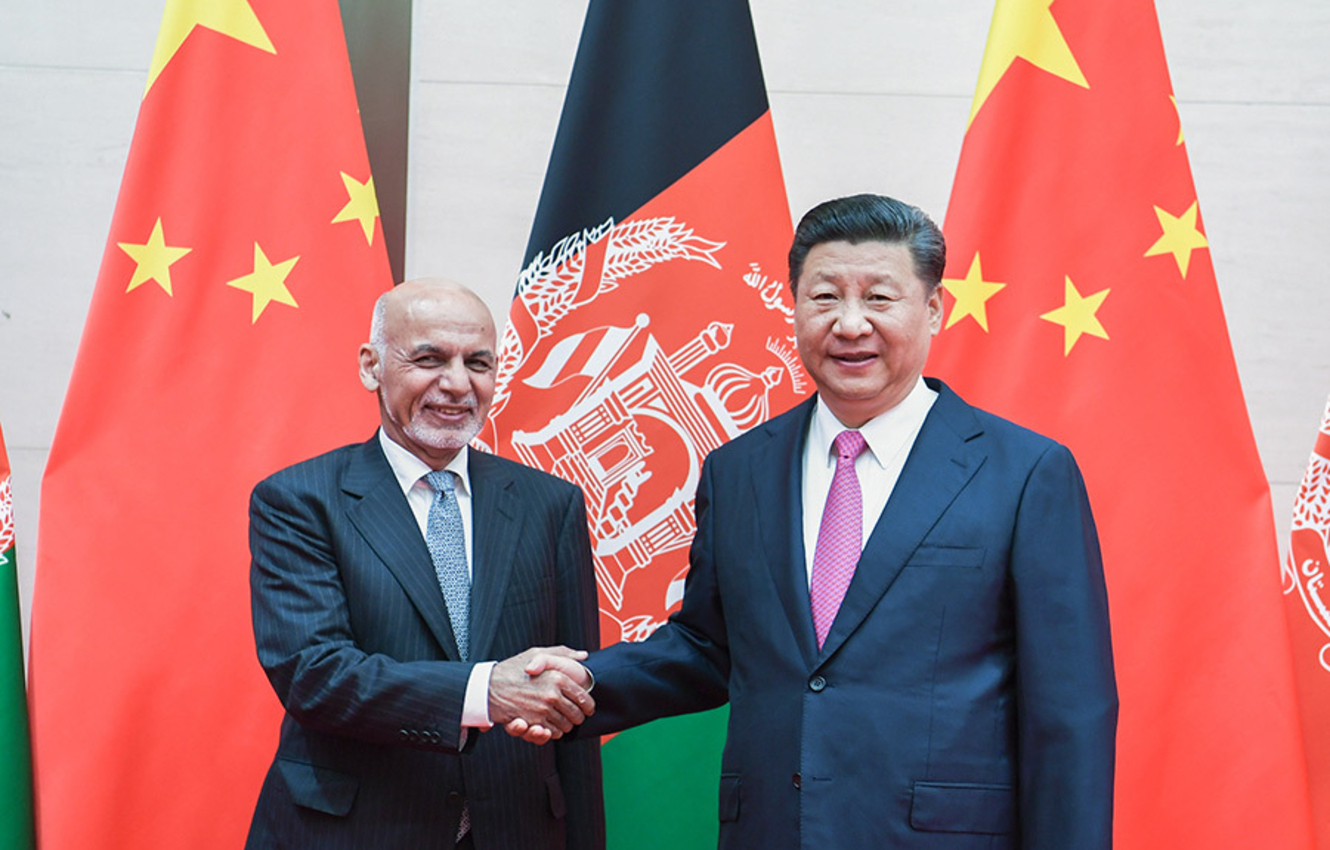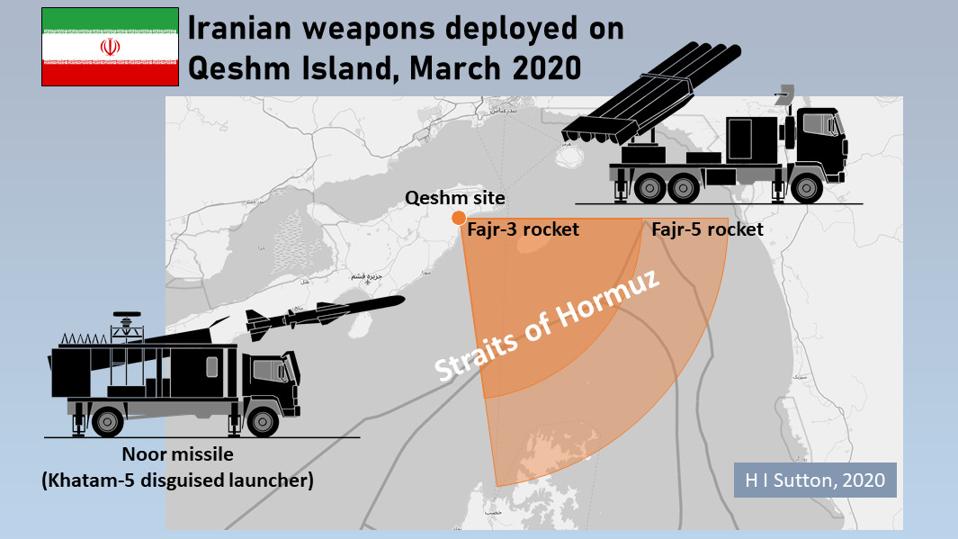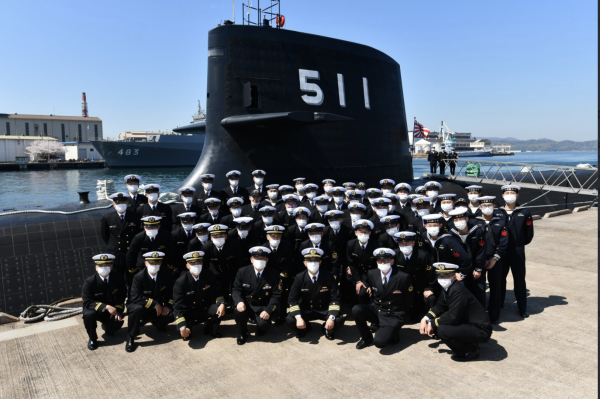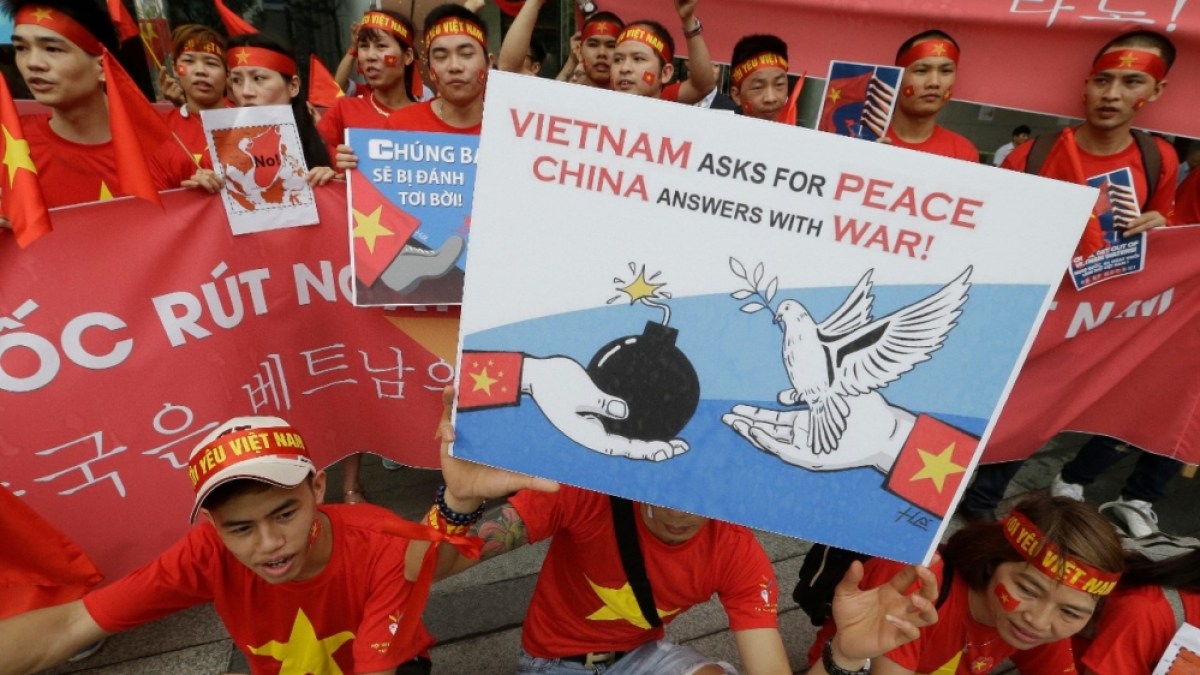(411) 03-14-2020-to-03-20-2020___****THE****WINDS****of****WAR****
WAR - 03-14-2020-to-03-20-2020___****THE****WINDS****of****WAR****
(412) 03-21-2020-to-03-27-2020___****THE****WINDS****of****WAR****
WAR - 03-21-2020-to-03-27-2020___****THE****WINDS****of****WAR****
(413) 03-28-2020-to-04-03-2020___****THE****WINDS****of****WAR****
 www.timebomb2000.com
www.timebomb2000.com
---------
Posted for fair use.....

 www.foreignaffairs.com
www.foreignaffairs.com
China’s Coming Upheaval
Competition, the Coronavirus, and the Weakness of Xi Jinping
By Minxin Pei April 3, 2020
Over the past few years, the United States’ approach to China has taken a hard-line turn, with the balance between cooperation and competition in the U.S.-Chinese relationship tilting sharply toward the latter. Most American policymakers and commentators consider this confrontational new strategy a response to China’s growing assertiveness, embodied especially in the controversial figure of Chinese President Xi Jinping. But ultimately, this ongoing tension—particularly with the added pressures of the new coronavirus outbreak and an economic downturn—is likely to expose the brittleness and insecurity that lie beneath the surface of Xi’s, and Beijing’s, assertions of solidity and strength.
The United States has limited means of influencing China’s closed political system, but the diplomatic, economic, and military pressure that Washington can bring to bear on Beijing will put Xi and the Chinese Communist Party (CCP) he leads under enormous strain. Indeed, a prolonged period of strategic confrontation with the United States, such as the one China is currently experiencing, will create conditions that are conducive to dramatic changes.
As tension between the United States and China has grown, there has been vociferous debate about the similarities and, perhaps more important, the differences between U.S.-Chinese competition now and U.S.-Soviet competition during the Cold War. Whatever the limitations of the analogy, Chinese leaders have put considerable thought into the lessons of the Cold War and of the Soviet collapse. Ironically, Beijing may nevertheless be repeating some of the most consequential mistakes of the Soviet regime.
During the multidecade competition of the Cold War, the rigidity of the Soviet regime and its leaders proved to be the United States’ most valuable asset. The Kremlin doubled down on failed strategies—sticking with a moribund economic system, continuing a ruinous arms race, and maintaining an unaffordable global empire—rather than accept the losses that thoroughgoing reforms might have entailed. Chinese leaders are similarly constrained by the rigidities of their own system and therefore limited in their ability to correct policy mistakes. In 2018, Xi decided to abolish presidential term limits, signaling his intention to stay in power indefinitely. He has indulged in heavy-handed purges, ousting prominent party officials under the guise of an anticorruption drive. What is more, Xi has suppressed protests in Hong Kong, arrested hundreds of human rights lawyers and activists, and imposed the tightest media censorship of the post-Mao era. His government has constructed “reeducation” camps in Xinjiang, where it has incarcerated more than a million Uighurs, Kazakhs, and other Muslim minorities. And it has centralized economic and political decision-making, pouring government resources into state-owned enterprises and honing its surveillance technologies. Yet all together, these measures have made the CCP weaker: the growth of state-owned enterprises distorts the economy, and surveillance fuels resistance. The spread of the novel coronavirus has only deepened the Chinese people’s dissatisfaction with their government.
The economic tensions and political critiques stemming from U.S.-Chinese competition may ultimately prove to be the straws that broke this camel’s back. If Xi continues on this trajectory, eroding the foundations of China’s economic and political power and monopolizing responsibility and control, he will expose the CCP to cataclysmic change.
A PAPER TIGER
Since taking power in 2012, Xi has replaced collective leadership with strongman rule. Before Xi, the regime consistently displayed a high degree of ideological flexibility and political pragmatism. It avoided errors by relying on a consensus-based decision-making process that incorporated views from rival factions and accommodated their dueling interests. The CCP also avoided conflicts abroad by staying out of contentious disputes, such as those in the Middle East, and refraining from activities that could encroach on the United States’ vital national interests. At home, China’s ruling elites maintained peace by sharing the spoils of governance. Such a regime was by no means perfect. Corruption was pervasive, and the government often delayed critical decisions and missed valuable opportunities. But the regime that preceded Xi’s centralization had one distinct advantage: a built-in propensity for pragmatism and caution.
In the last seven years, that system has been dismantled and replaced by a qualitatively different regime—one marked by a high degree of ideological rigidity, punitive policies toward ethnic minorities and political dissenters at home, and an impulsive foreign policy embodied by the Belt and Road Initiative (BRI), a trillion-dollar infrastructure program with dubious economic potential that has aroused intense suspicion in the West. The centralization of power under Xi has created new fragilities and has exposed the party to greater risks. If the upside of strongman rule is the ability to make difficult decisions quickly, the downside is that it greatly raises the odds of making costly blunders. The consensus-based decision-making of the earlier era might have been slow and inefficient, but it prevented radical or risky ideas from becoming policy.
Under Xi, correcting policy mistakes has proved to be difficult, since reversing decisions made personally by the strongman would undercut his image of infallibility. (It is easier politically to reverse bad decisions made under collective leadership, because a group, not an individual, takes the blame.) Xi’s demand for loyalty has also stifled debate and deterred dissent within the CCP. For these reasons, the party lacks the flexibility needed to avoid and reverse future missteps in its confrontation with the United States. The result is likely to be growing disunity within the regime. Some party leaders will no doubt recognize the risks and grow increasingly alarmed that Xi has needlessly endangered the party’s standing. The damage to Xi’s authority caused by further missteps would also embolden his rivals, especially Premier Li Keqiang and the Politburo members Wang Yang and Hu Chunhua, all of whom have close ties to former President Hu Jintao. Of course, it is nearly impossible to remove a strongman in a one-party regime because of his tight control over the military and the security forces. But creeping discord would at the very least feed Xi’s insecurity and paranoia, further eroding his ability to chart a steady course.
A strongman who has suffered setbacks—as Mao Zedong did after the Great Leap Forward, a modernization program that centralized food production, leading to some 30 million deaths by famine in the early 1960s—naturally fears that his rivals will seize the opportunity to conspire against him. To preempt such threats, the strongman typically resorts to purges, which Mao did four years after the end of the Great Leap Forward by launching the Cultural Revolution, a movement intended to eliminate “bourgeois elements” in society and in the government. In the years ahead, Xi may come to rely on purges more than he already does, further heightening tensions and distrust among the ruling elites.
LEAN TIMES AHEAD
A key component of Washington’s strategic confrontation with Beijing is economic “decoupling,” a significant reduction of the extensive commercial ties that the United States and China have built over the last four decades. Those advocating decoupling—such as U.S. President Donald Trump, who launched a trade war with China in 2018—believe that by cutting China off from the United States’ vast market and sophisticated technology, Washington can greatly reduce the potential growth of China’s power. In spite of the truce in the trade war following the interim deal that Trump struck with Xi in January 2020, U.S.-Chinese economic decoupling is almost certain to continue in the coming years regardless of who is in the White House, because reducing the United States’ economic dependence on China and constraining the growth of China’s power are now bipartisan aims.
Since the Chinese economy today is less dependent on exports as an engine of growth—exports in 2018 accounted for 19.5 percent of GDP, down from 32.6 percent in 2008—decoupling may not depress China’s economic growth as much as its proponents have hoped. But it will certainly have a net negative impact on the Chinese economy, one that may be amplified by the country’s domestic economic slowdown, which is itself the product of a ballooning debt, the exhaustion of investment-driven growth, and a rapidly aging population. The slowdown may be further exacerbated by Beijing’s attempt to shore up near-term growth with unsustainable policies, such as increased bank lending and investment in wasteful infrastructure projects.
As their standard of living stalls, middle-class Chinese may turn against the party.
As the economy weakens, the CCP may have to contend with the erosion of popular support resulting from a falling or stagnant standard of living. In the post-Mao era, the CCP has relied heavily on economic overperformance to sustain its legitimacy. Indeed, the generations born after the Cultural Revolution have experienced steadily rising living standards. A prolonged period of mediocre economic performance—say, a few years in which the growth rate hovers around three or four percent, the historical mean for developing countries—could severely reduce the level of popular support for the CCP, as ordinary Chinese grapple with rising unemployment and an inadequate social safety net.
In such an adverse economic environment, signs of social unrest, such as riots, mass protests, and strikes, will become more common. The deepest threat to the regime’s stability will come from the Chinese middle class. Well-educated and ambitious college graduates will find it difficult to obtain desirable jobs in the coming years because of China’s anemic economic performance. As their standard of living stalls, middle-class Chinese may turn against the party. This won’t be obvious at first: the Chinese middle class has traditionally shied away from politics. But even if members of the middle class do not participate in anti-regime protests, they may well express their discontent indirectly, in demonstrations over such issues as environmental protection, public health, education, and food safety. The Chinese middle class could also vote with its feet by emigrating abroad in large numbers.
An economic slowdown would also disrupt the CCP’s patronage structure, the perks and favors that the government provides to cronies and collaborators. In the recent past, a booming economy provided the government with abundant revenue—total revenue in absolute terms tripled between 2008 and 2018—providing the resources the CCP needed to secure the loyalty of midlevel apparatchiks, senior provincial leaders, and the managers of state-owned enterprises. As the Chinese economic miracle falters, the party will find it harder to provide the privileges and material comforts that such officials have come to expect. Party elites will also need to compete harder among themselves to get approval and funding for their pet projects. Dissatisfaction among the elites may spiral if Xi’s prized priorities, such as the BRI, continue to receive preferential treatment and everyone else must economize.
Finally, in the event of a dramatic slowdown, the Chinese government will most likely find itself confronting greater resistance in the country’s restive periphery, especially in Tibet and Xinjiang, which contain China’s most vocal ethnic minorities, and in Hong Kong, which was British territory until 1997 and retains a different system of governance with far more civil liberties. To be sure, escalating tensions in China’s periphery will not bring the CCP down. But they can be costly distractions. Should the party resort to overly harsh responses to assert its control, as is likely to be the case, the country will incur international criticism and harsh new sanctions. The escalation of human rights violations in China would also help push Europe closer to the United States, thus facilitating the formation of a broad anti-China coalition, which Beijing has been desperately trying to prevent.
Although middle-class discontent, ethnic resistance, and pro-democracy protests won’t force Xi out of power, such pervasive malaise would undoubtedly further erode his authority and cast doubts on his capacity to govern effectively. Economic weakness and elite demoralization could then push Beijing over the edge, leading the CCP toward calamity.
Continued.....
WAR - 03-14-2020-to-03-20-2020___****THE****WINDS****of****WAR****
(412) 03-21-2020-to-03-27-2020___****THE****WINDS****of****WAR****
WAR - 03-21-2020-to-03-27-2020___****THE****WINDS****of****WAR****
(413) 03-28-2020-to-04-03-2020___****THE****WINDS****of****WAR****
WAR - 03-28-2020-to-04-03-2020___****THE****WINDS****of****WAR****
(410) 03-07-2020-to-03-13-2020___****THE****WINDS****of****WAR**** http://xf.timebomb2000.com/xf/index.php?threads/03-07-2020-to-03-13-2020___-the-winds-of-war.569280/ (411) 03-14-2020-to-03-20-2020___****THE****WINDS****of****WAR****...
---------
Posted for fair use.....

China’s Coming Upheaval
If Xi continues on his current trajectory, eroding the foundations of China’s economic and political power and monopolizing responsibility and control, he will expose the CCP to cataclysmic change.
China’s Coming Upheaval
Competition, the Coronavirus, and the Weakness of Xi Jinping
By Minxin Pei April 3, 2020
Over the past few years, the United States’ approach to China has taken a hard-line turn, with the balance between cooperation and competition in the U.S.-Chinese relationship tilting sharply toward the latter. Most American policymakers and commentators consider this confrontational new strategy a response to China’s growing assertiveness, embodied especially in the controversial figure of Chinese President Xi Jinping. But ultimately, this ongoing tension—particularly with the added pressures of the new coronavirus outbreak and an economic downturn—is likely to expose the brittleness and insecurity that lie beneath the surface of Xi’s, and Beijing’s, assertions of solidity and strength.
The United States has limited means of influencing China’s closed political system, but the diplomatic, economic, and military pressure that Washington can bring to bear on Beijing will put Xi and the Chinese Communist Party (CCP) he leads under enormous strain. Indeed, a prolonged period of strategic confrontation with the United States, such as the one China is currently experiencing, will create conditions that are conducive to dramatic changes.
As tension between the United States and China has grown, there has been vociferous debate about the similarities and, perhaps more important, the differences between U.S.-Chinese competition now and U.S.-Soviet competition during the Cold War. Whatever the limitations of the analogy, Chinese leaders have put considerable thought into the lessons of the Cold War and of the Soviet collapse. Ironically, Beijing may nevertheless be repeating some of the most consequential mistakes of the Soviet regime.
During the multidecade competition of the Cold War, the rigidity of the Soviet regime and its leaders proved to be the United States’ most valuable asset. The Kremlin doubled down on failed strategies—sticking with a moribund economic system, continuing a ruinous arms race, and maintaining an unaffordable global empire—rather than accept the losses that thoroughgoing reforms might have entailed. Chinese leaders are similarly constrained by the rigidities of their own system and therefore limited in their ability to correct policy mistakes. In 2018, Xi decided to abolish presidential term limits, signaling his intention to stay in power indefinitely. He has indulged in heavy-handed purges, ousting prominent party officials under the guise of an anticorruption drive. What is more, Xi has suppressed protests in Hong Kong, arrested hundreds of human rights lawyers and activists, and imposed the tightest media censorship of the post-Mao era. His government has constructed “reeducation” camps in Xinjiang, where it has incarcerated more than a million Uighurs, Kazakhs, and other Muslim minorities. And it has centralized economic and political decision-making, pouring government resources into state-owned enterprises and honing its surveillance technologies. Yet all together, these measures have made the CCP weaker: the growth of state-owned enterprises distorts the economy, and surveillance fuels resistance. The spread of the novel coronavirus has only deepened the Chinese people’s dissatisfaction with their government.
The economic tensions and political critiques stemming from U.S.-Chinese competition may ultimately prove to be the straws that broke this camel’s back. If Xi continues on this trajectory, eroding the foundations of China’s economic and political power and monopolizing responsibility and control, he will expose the CCP to cataclysmic change.
A PAPER TIGER
Since taking power in 2012, Xi has replaced collective leadership with strongman rule. Before Xi, the regime consistently displayed a high degree of ideological flexibility and political pragmatism. It avoided errors by relying on a consensus-based decision-making process that incorporated views from rival factions and accommodated their dueling interests. The CCP also avoided conflicts abroad by staying out of contentious disputes, such as those in the Middle East, and refraining from activities that could encroach on the United States’ vital national interests. At home, China’s ruling elites maintained peace by sharing the spoils of governance. Such a regime was by no means perfect. Corruption was pervasive, and the government often delayed critical decisions and missed valuable opportunities. But the regime that preceded Xi’s centralization had one distinct advantage: a built-in propensity for pragmatism and caution.
In the last seven years, that system has been dismantled and replaced by a qualitatively different regime—one marked by a high degree of ideological rigidity, punitive policies toward ethnic minorities and political dissenters at home, and an impulsive foreign policy embodied by the Belt and Road Initiative (BRI), a trillion-dollar infrastructure program with dubious economic potential that has aroused intense suspicion in the West. The centralization of power under Xi has created new fragilities and has exposed the party to greater risks. If the upside of strongman rule is the ability to make difficult decisions quickly, the downside is that it greatly raises the odds of making costly blunders. The consensus-based decision-making of the earlier era might have been slow and inefficient, but it prevented radical or risky ideas from becoming policy.
Under Xi, correcting policy mistakes has proved to be difficult, since reversing decisions made personally by the strongman would undercut his image of infallibility. (It is easier politically to reverse bad decisions made under collective leadership, because a group, not an individual, takes the blame.) Xi’s demand for loyalty has also stifled debate and deterred dissent within the CCP. For these reasons, the party lacks the flexibility needed to avoid and reverse future missteps in its confrontation with the United States. The result is likely to be growing disunity within the regime. Some party leaders will no doubt recognize the risks and grow increasingly alarmed that Xi has needlessly endangered the party’s standing. The damage to Xi’s authority caused by further missteps would also embolden his rivals, especially Premier Li Keqiang and the Politburo members Wang Yang and Hu Chunhua, all of whom have close ties to former President Hu Jintao. Of course, it is nearly impossible to remove a strongman in a one-party regime because of his tight control over the military and the security forces. But creeping discord would at the very least feed Xi’s insecurity and paranoia, further eroding his ability to chart a steady course.
A strongman who has suffered setbacks—as Mao Zedong did after the Great Leap Forward, a modernization program that centralized food production, leading to some 30 million deaths by famine in the early 1960s—naturally fears that his rivals will seize the opportunity to conspire against him. To preempt such threats, the strongman typically resorts to purges, which Mao did four years after the end of the Great Leap Forward by launching the Cultural Revolution, a movement intended to eliminate “bourgeois elements” in society and in the government. In the years ahead, Xi may come to rely on purges more than he already does, further heightening tensions and distrust among the ruling elites.
LEAN TIMES AHEAD
A key component of Washington’s strategic confrontation with Beijing is economic “decoupling,” a significant reduction of the extensive commercial ties that the United States and China have built over the last four decades. Those advocating decoupling—such as U.S. President Donald Trump, who launched a trade war with China in 2018—believe that by cutting China off from the United States’ vast market and sophisticated technology, Washington can greatly reduce the potential growth of China’s power. In spite of the truce in the trade war following the interim deal that Trump struck with Xi in January 2020, U.S.-Chinese economic decoupling is almost certain to continue in the coming years regardless of who is in the White House, because reducing the United States’ economic dependence on China and constraining the growth of China’s power are now bipartisan aims.
Since the Chinese economy today is less dependent on exports as an engine of growth—exports in 2018 accounted for 19.5 percent of GDP, down from 32.6 percent in 2008—decoupling may not depress China’s economic growth as much as its proponents have hoped. But it will certainly have a net negative impact on the Chinese economy, one that may be amplified by the country’s domestic economic slowdown, which is itself the product of a ballooning debt, the exhaustion of investment-driven growth, and a rapidly aging population. The slowdown may be further exacerbated by Beijing’s attempt to shore up near-term growth with unsustainable policies, such as increased bank lending and investment in wasteful infrastructure projects.
As their standard of living stalls, middle-class Chinese may turn against the party.
As the economy weakens, the CCP may have to contend with the erosion of popular support resulting from a falling or stagnant standard of living. In the post-Mao era, the CCP has relied heavily on economic overperformance to sustain its legitimacy. Indeed, the generations born after the Cultural Revolution have experienced steadily rising living standards. A prolonged period of mediocre economic performance—say, a few years in which the growth rate hovers around three or four percent, the historical mean for developing countries—could severely reduce the level of popular support for the CCP, as ordinary Chinese grapple with rising unemployment and an inadequate social safety net.
In such an adverse economic environment, signs of social unrest, such as riots, mass protests, and strikes, will become more common. The deepest threat to the regime’s stability will come from the Chinese middle class. Well-educated and ambitious college graduates will find it difficult to obtain desirable jobs in the coming years because of China’s anemic economic performance. As their standard of living stalls, middle-class Chinese may turn against the party. This won’t be obvious at first: the Chinese middle class has traditionally shied away from politics. But even if members of the middle class do not participate in anti-regime protests, they may well express their discontent indirectly, in demonstrations over such issues as environmental protection, public health, education, and food safety. The Chinese middle class could also vote with its feet by emigrating abroad in large numbers.
An economic slowdown would also disrupt the CCP’s patronage structure, the perks and favors that the government provides to cronies and collaborators. In the recent past, a booming economy provided the government with abundant revenue—total revenue in absolute terms tripled between 2008 and 2018—providing the resources the CCP needed to secure the loyalty of midlevel apparatchiks, senior provincial leaders, and the managers of state-owned enterprises. As the Chinese economic miracle falters, the party will find it harder to provide the privileges and material comforts that such officials have come to expect. Party elites will also need to compete harder among themselves to get approval and funding for their pet projects. Dissatisfaction among the elites may spiral if Xi’s prized priorities, such as the BRI, continue to receive preferential treatment and everyone else must economize.
Finally, in the event of a dramatic slowdown, the Chinese government will most likely find itself confronting greater resistance in the country’s restive periphery, especially in Tibet and Xinjiang, which contain China’s most vocal ethnic minorities, and in Hong Kong, which was British territory until 1997 and retains a different system of governance with far more civil liberties. To be sure, escalating tensions in China’s periphery will not bring the CCP down. But they can be costly distractions. Should the party resort to overly harsh responses to assert its control, as is likely to be the case, the country will incur international criticism and harsh new sanctions. The escalation of human rights violations in China would also help push Europe closer to the United States, thus facilitating the formation of a broad anti-China coalition, which Beijing has been desperately trying to prevent.
Although middle-class discontent, ethnic resistance, and pro-democracy protests won’t force Xi out of power, such pervasive malaise would undoubtedly further erode his authority and cast doubts on his capacity to govern effectively. Economic weakness and elite demoralization could then push Beijing over the edge, leading the CCP toward calamity.
Continued.....


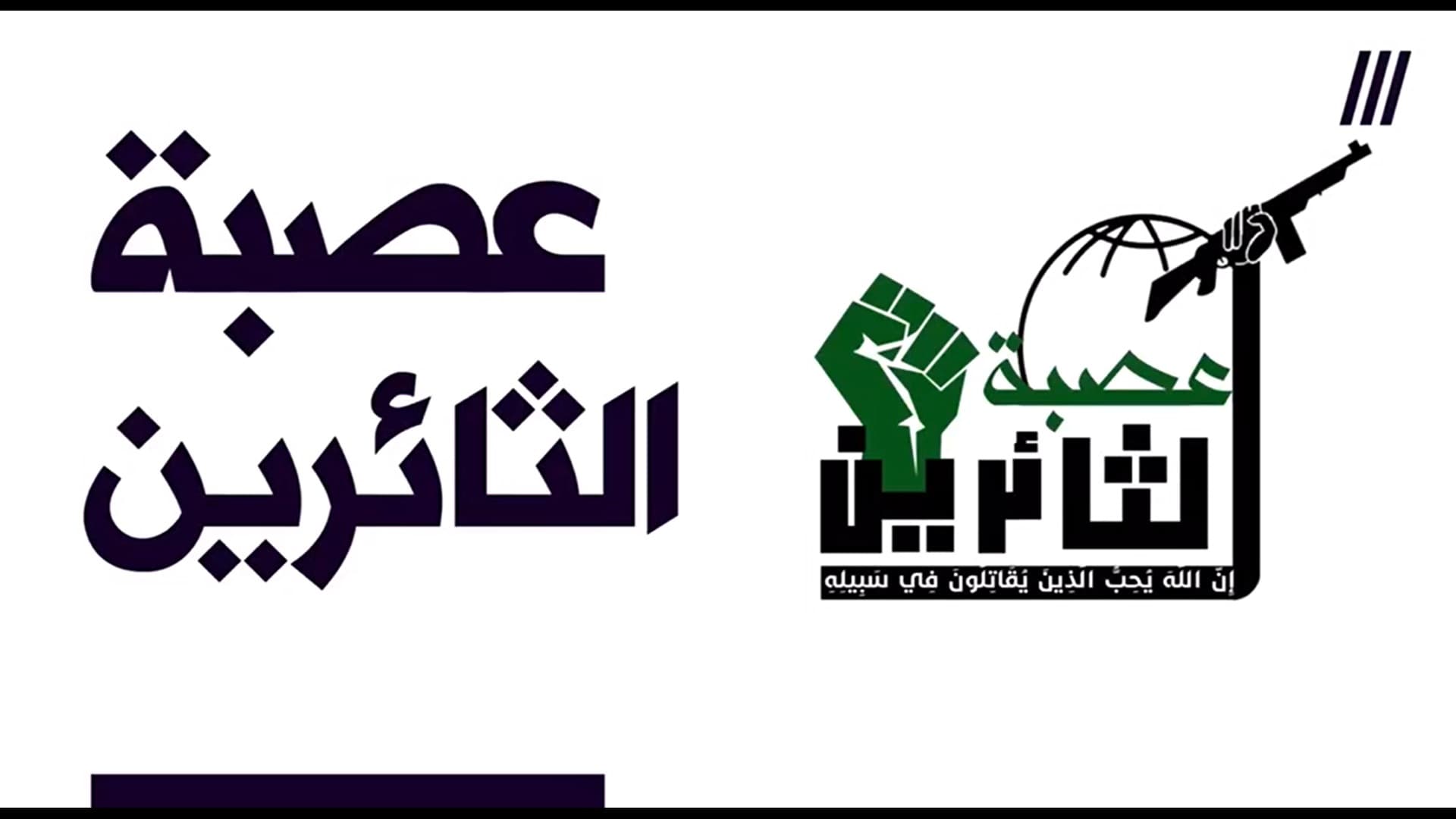



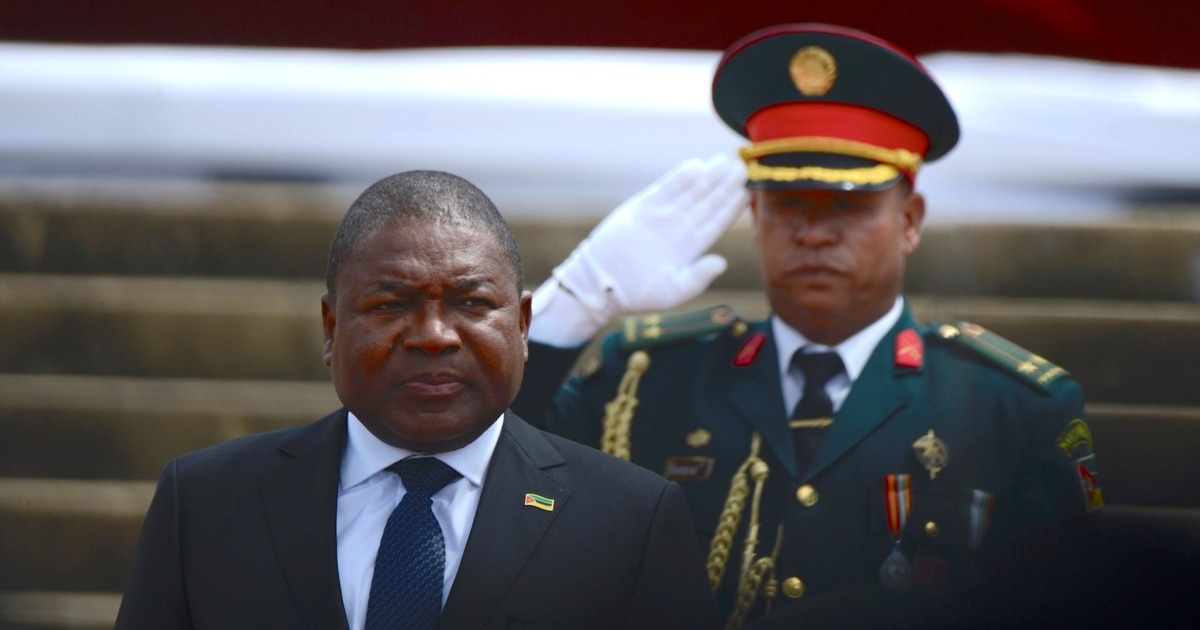












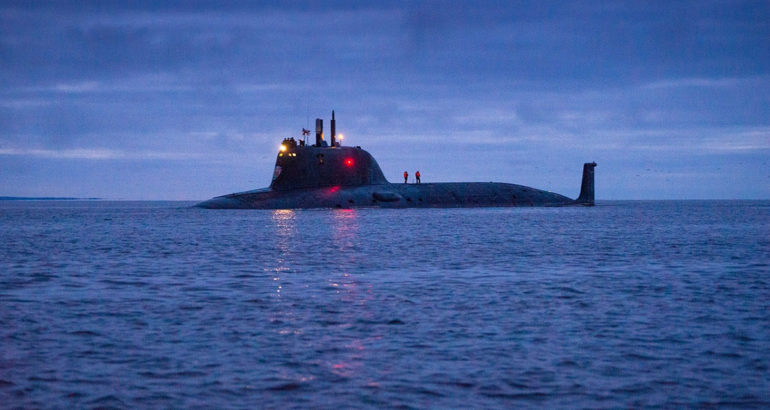
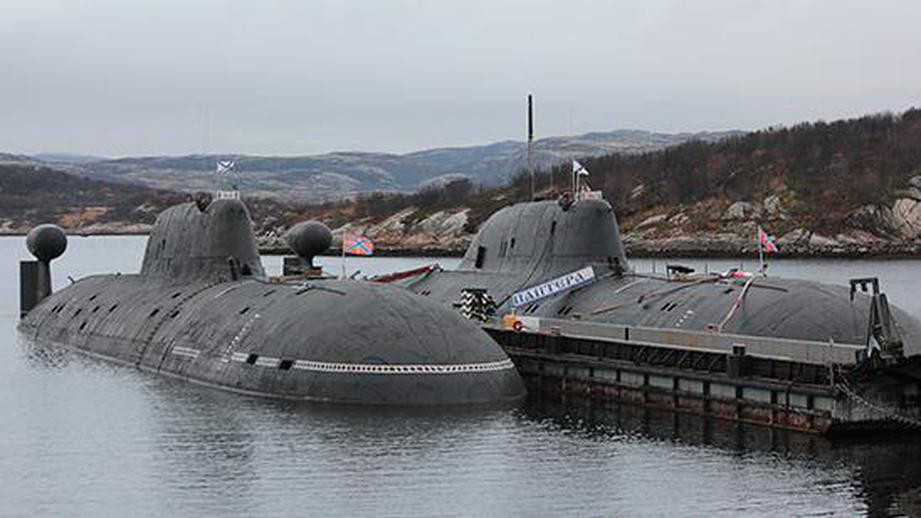
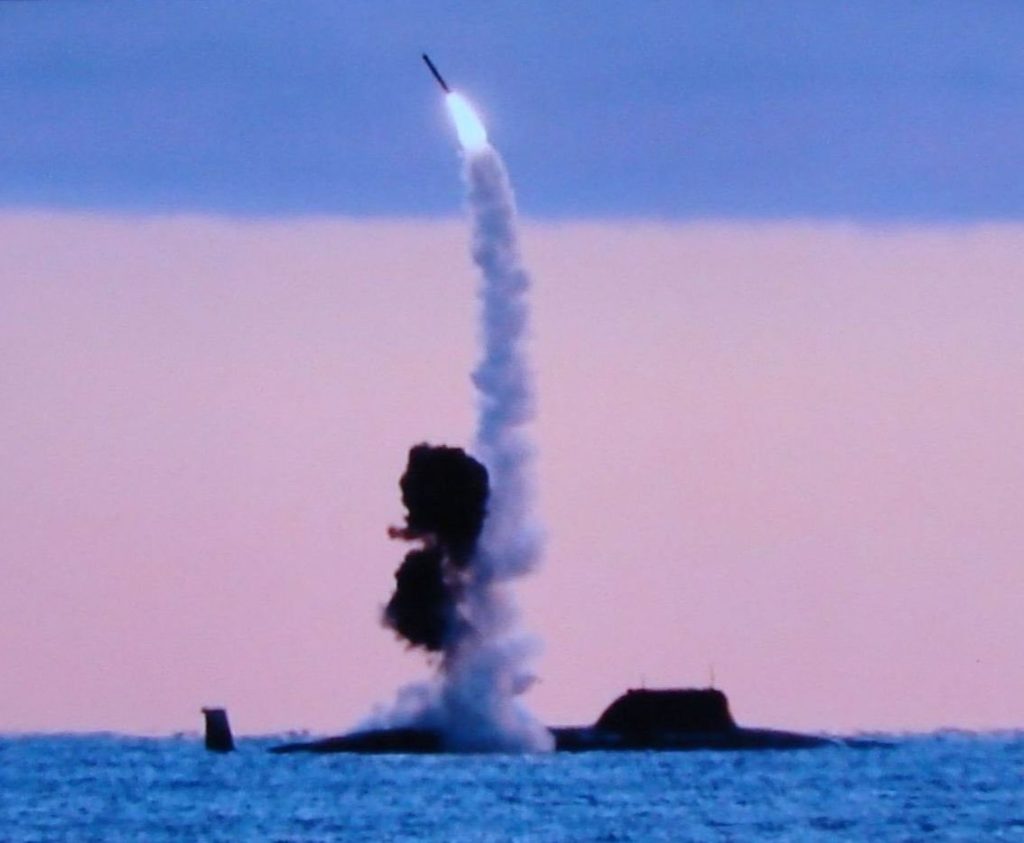
![Taliban also accused the Afghan government of using 'indefensible arguments' to explain the repeated delays in releasing a promised 5,000 Taliban prisoners in exchange for 1,000 government personnel. [Hussein Sayed/AP Photo] Taliban also accused the Afghan government of using 'indefensible arguments' to explain the repeated delays in releasing a promised 5,000 Taliban prisoners in exchange for 1,000 government personnel. [Hussein Sayed/AP Photo]](https://www.aljazeera.com/mritems/imagecache/mbdxxlarge/mritems/Images/2020/3/3/22b8e9075a48443f8bfc02c79a934b04_18.jpg)


